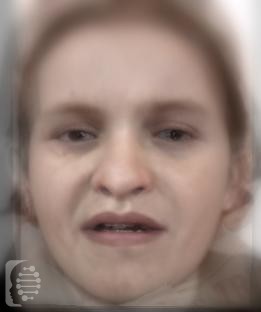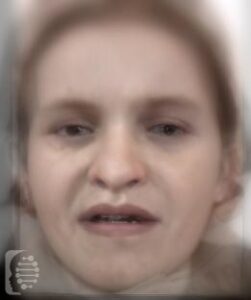What is Basel Vanagaite Smirin Yosef syndrome(BVSYS)?
Basel Vanagaite Smirin Yosef syndrome is a rare genetic, psychomotor condition that affects the eyes and brain
First identified in Brazil, it is named for the researchers in Israel who furthered the understanding of the condition.
The main symptoms of the syndrome include intellectual disability, seizures, heart defects, and issues with the eyes.
What gene change causes Basel Vanagaite Smirin Yosef syndrome (BVSYS)?
Mutations in the MED25 gene are responsible for the syndrome. It is inherited in an autosomal recessive pattern.
Autosomal recessive inheritance means an affected individual receives one copy of a mutated gene from each of their parents, giving them two copies of a mutated gene. Parents, who carry only one copy of the gene mutation will not generally show any symptoms but have a 25% chance of passing the copies of the gene mutations onto each of their children.
What are the main symptoms of Basel Vanagaite Smirin Yosef syndrome (BVSYS)?
Intellectual disability is a major symptom of the condition. Other health conditions related to the syndrome include seizures and heart defects.
The syndrome affects the eyes of individuals and these unique features may include widely spaced eyes, drooping upper eyelids, a squint and sparse eyebrows. Cataracts are also an issue.
Other physical features of the condition can include a cleft palate, sparse hair, a small head, thin skin and a short philtrum.
How is it diagnosed?
To find out if someone has a diagnosis of Basel Vanagaite Smirin Yosef syndrome (BVSYS), it is important to have a consultation and evaluation with a clinical genetic specialist. Specialists may also suggest specific genetic testing or other types of tests to help reach a diagnosis. FDNA’s AI technology can help speed up the diagnostic process by analyzing facial features and other health information.


